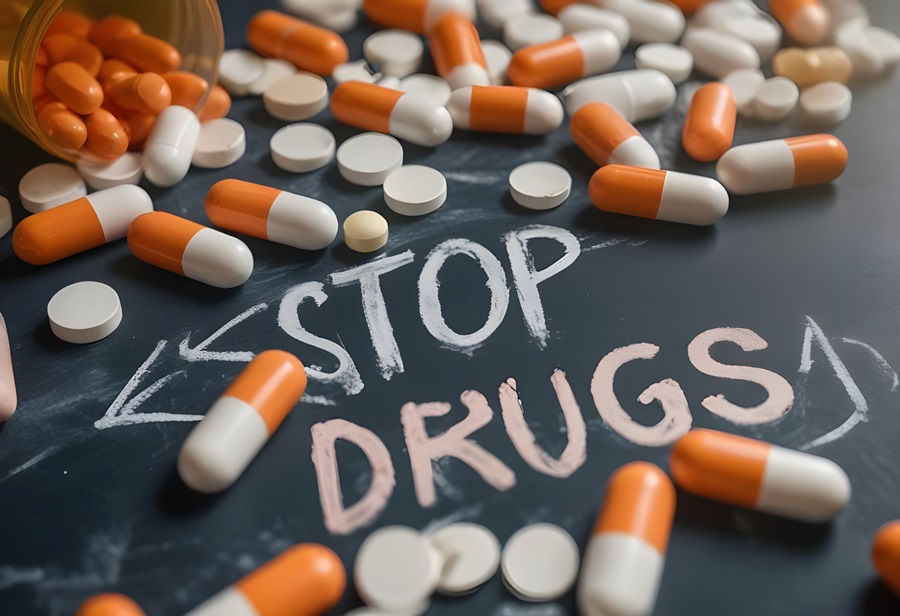The most common reasons someone will go to rehab are to treat addiction, mental health, or physical health. Treatment centers are a terrific resource for consistent medical attention and guidance during longer recovery processes, so you achieve the best results. That said, how long is rehab?
When you need to go into residential care, where you stay at a treatment facility for a duration of time as you recover, it’s common to worry about taking time off work or away from family during that process. Therefore, it’s common to want to plan for your time away and know how long it’ll take.
In general, the length of rehab programs usually falls between 30-90 days. However, some can go for six months or longer. A lot of it depends on the condition you’re struggling with and the type of treatment you need.
The rest of this article will take a deep dive to help you estimate how long your rehab program might last before starting recovery. Keep reading for all the details.
Factors That Influence the Length of Rehab
Several factors contribute to rehab durations, including the type of addiction or condition, underlying health factors, and the level of treatment required to recover. Let’s review each factor to understand how they affect the rehabilitation timeline.
Type of Addiction or Condition and its Severity
When someone is struggling with addiction to alcohol or drugs, some substances can take longer to recover from than others. For instance, drugs like meth, opiates, and heroin are associated with some of the most severe withdrawal symptoms, such as seizures and hallucinations, which could lead to a longer detox and recovery period.
Additionally, many can find recovery from alcohol use disorders challenging. Alcohol is often present in social situations, which can cause a lot of triggers in daily life. Therefore, many will opt for a longer treatment process to build up the necessary skills to cope and maintain sobriety.
The severity of the addiction can also play a role. When the addiction has lasted longer, or someone was taking higher doses of a drug, the withdrawals and cravings are often much stronger. Some drugs like meth can even impact chemical functions of the brain, such as dopamine production, which can cause a more challenging recovery process.
Lastly, if someone is in rehab to recover from a physical health condition like an accident or sports injury, the recovery length will depend on the severity of the condition. For example, someone will likely recover much faster from a shoulder sprain than if they had full shoulder reconstructive surgery.
Individual Health Factors
In many cases, rehab isn’t just about treating the primary condition someone is struggling with but also underlying health factors that are contributing to it.
For example, about 37.9% of people struggling with addiction also have a co-occurring mental illness. Most research has found that integrating treatment for both addiction and underlying conditions is essential for the best recovery rates.
It’s common to use drugs as a way to self-medicate when you’re struggling, such as someone with anxiety drinking alcohol since it helps them loosen up or someone with chronic pain consistently using painkillers.
Therefore, while it can make rehab take longer, it’s worth it to provide treatment from all angles to avoid sliding back into old habits when other symptoms from underlying conditions start flaring up again.
The Goals of Rehabilitation

The goals you have for rehab can also impact its length.
Someone who’s been struggling with addiction for a very short time might only need a quick 30-day detox and to get connected with a local 12-step program to get back on track.
On the other hand, when the addiction is a bit more severe, a residential program and aftercare, like a reintegration program, might be necessary, which will take longer.
Inpatient vs Outpatient Rehab Programs
When looking at rehab programs, you’ll see different options called inpatient and outpatient care.
Inpatient rehab involves living at a treatment center for a duration of time while you recover.
On the other hand, outpatient rehab involves reporting to a facility for treatment sessions at designated times, but you can return home each night. No matter which one you choose, the length of rehab will depend on your needs.
Inpatient treatment can sometimes be shorter since it’s more focused with your full attention on recovery while you’re living at the treatment facility.
However, those with less severe conditions often opt for outpatient care, which can lead to shorter average durations on that end, too.
Typical Duration of Rehab Programs

Now, let’s review the typical durations of rehab programs and the types of treatment that commonly fall under those lengths.
Short-Term Rehab (30 Day Programs)
When receiving addiction treatment, a short-term 30-day program would usually be a medical detox. This involves stopping drug use and managing withdrawal symptoms as the drugs leave your system. When you choose a residential detox where you stay at a treatment center, you’ll have around-the-clock medical attention to ensure safety.
In rehab for a physical condition, 30-day programs would usually be best for treating sprains, strains, minor recovery from surgery, and minor to moderate pain that isn’t chronic.
Medium-Term Rehab (60-90 Day Programs)
A medium-term addiction rehab program would be for those struggling with an addiction that’s more severe or has lasted for a longer duration. It usually involves medical detox followed by a full inpatient or outpatient program consisting of therapy, support groups, and building life skills to maintain sobriety long-term.
Physical rehab programs of this length would be to treat moderate to more severe pain, strains, sprains, or recovery from surgery.
Long-Term Rehab (6 Months or More)
You might also hear this referred to as extended care. This is often for treating the most severe addictions, such as when someone has been struggling for years. It may involve a longer stay at a rehab center and then participating in a reintegration program involving staying at a sober living home while adjusting back into a normal daily routine.
In physical rehab, longer-term care might be required after serious accidents, major surgeries, or where chronic pain is severely impacting someone’s quality of life.
Real-Life Examples and Scenarios

Here are a few real-life examples showcasing the rehabilitation timeline to give you a better idea of what the process would include.
Example #1 – 30-Day Detox
A 28-year-old woman has struggled with years of casual opioid use that suddenly turns into a daily habit. After realizing how it’s been impacting her life, she goes to a treatment center for a 30-day detox to manage withdrawal symptoms and stabilize her health.
After the program, she starts attending 12-step program meetings to maintain sobriety while returning to everyday life.
Example #2 – 60-Day Inpatient Rehab
A 32-year-old man has been struggling with cocaine addiction on and off for several years. Seeing it starting to spiral out of control, he goes to a treatment center and enrolls in a 60-day residential care program.
During that time, he completes a detox and enrolls in daily therapy, group meetings, and life skills workshops that prevent relapse and help him rebuild his life.
Example #3 – 12-Month Residential Program
A 40-year-old man with a 20-year history of alcohol abuse and multiple relapses decides it’s time to enroll in a long-term rehab program after losing his job and home. During the 12-month program, he attends regular therapy and builds job skills that will help him better his life after treatment.
Slowly, he transitions into a sober living home that provides him with resources to find work and successfully reintegrate back into society.
Conclusion
Rehab requires time and commitment to successfully treat health conditions, often lasting 30-90 days or up to six months or longer. That said, it’s well worth it for the better quality of life it can help you achieve.
Therefore, if you or someone you love is struggling with addiction, mental health, or physical health conditions, it’s important to seek out the right resources to make a full recovery.
When you or someone you care about is struggling with addiction to alcohol or drugs, our treatment center is here to help. Our knowledgeable treatment team can provide you with a full diagnosis, help design a custom plan based on your needs, and provide a timeline for recovery before you start. We’ll be there with you every step of the way.
Contact us today to learn more about getting started.
References
- World Health Organization. “Withdrawal Management.” gov, World Health Organization, 2019, www.ncbi.nlm.nih.gov/books/NBK310652/.
- National Institute on Drug Abuse. “Comorbidity: Substance Use and Other Mental Disorders.” National Institute on Drug Abuse, 15 Aug. 2018, nih.gov/research-topics/comorbidity/comorbidity-substance-use-other-mental-disorders-infographic.
- Yule, Amy, and John Kelly. “Integrating Treatment for Co-Occurring Mental Health Conditions.” Alcohol Research: Current Reviews, vol. 40, no. 1, 2019, https://doi.org/10.35946/arcr.v40.1.07.



